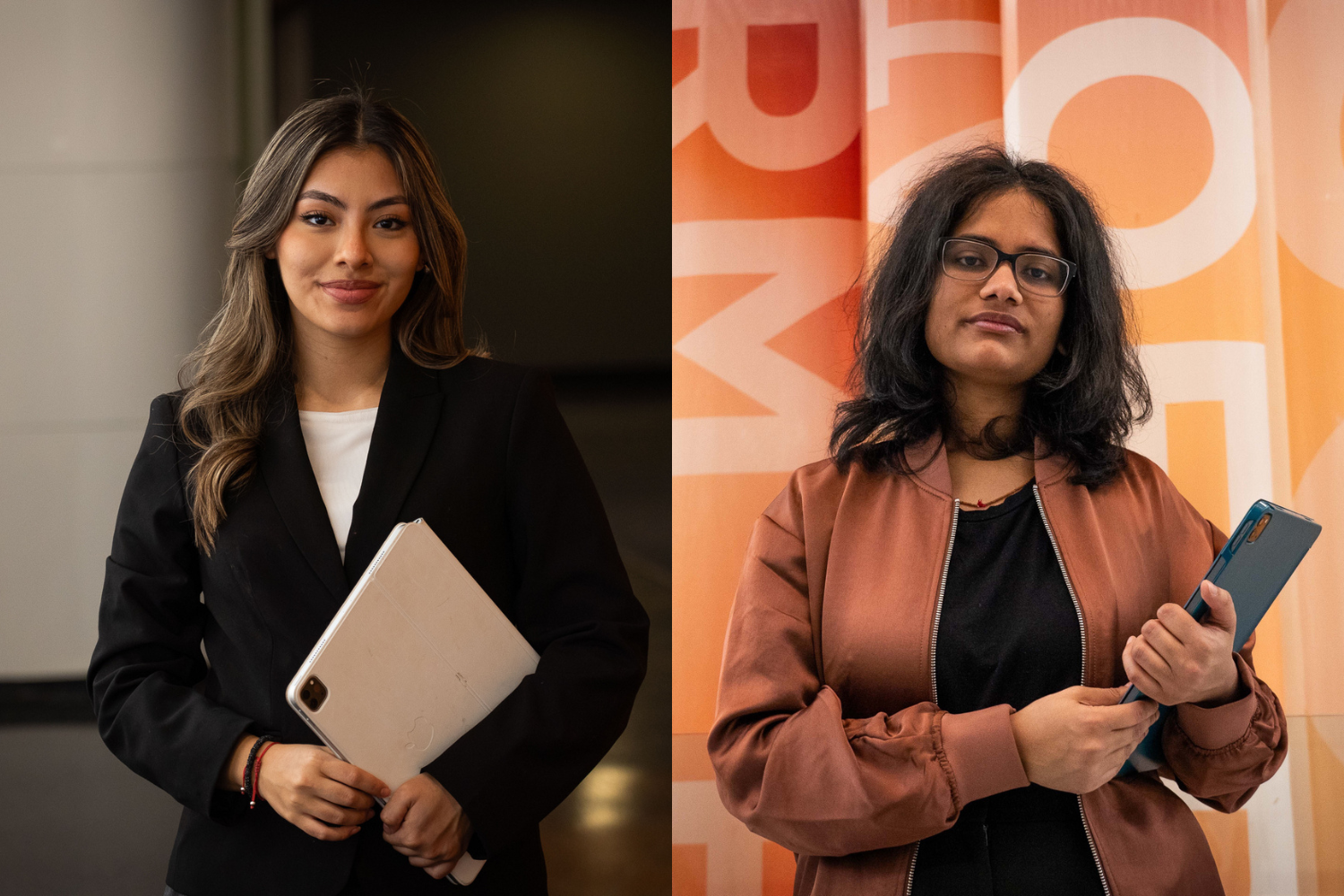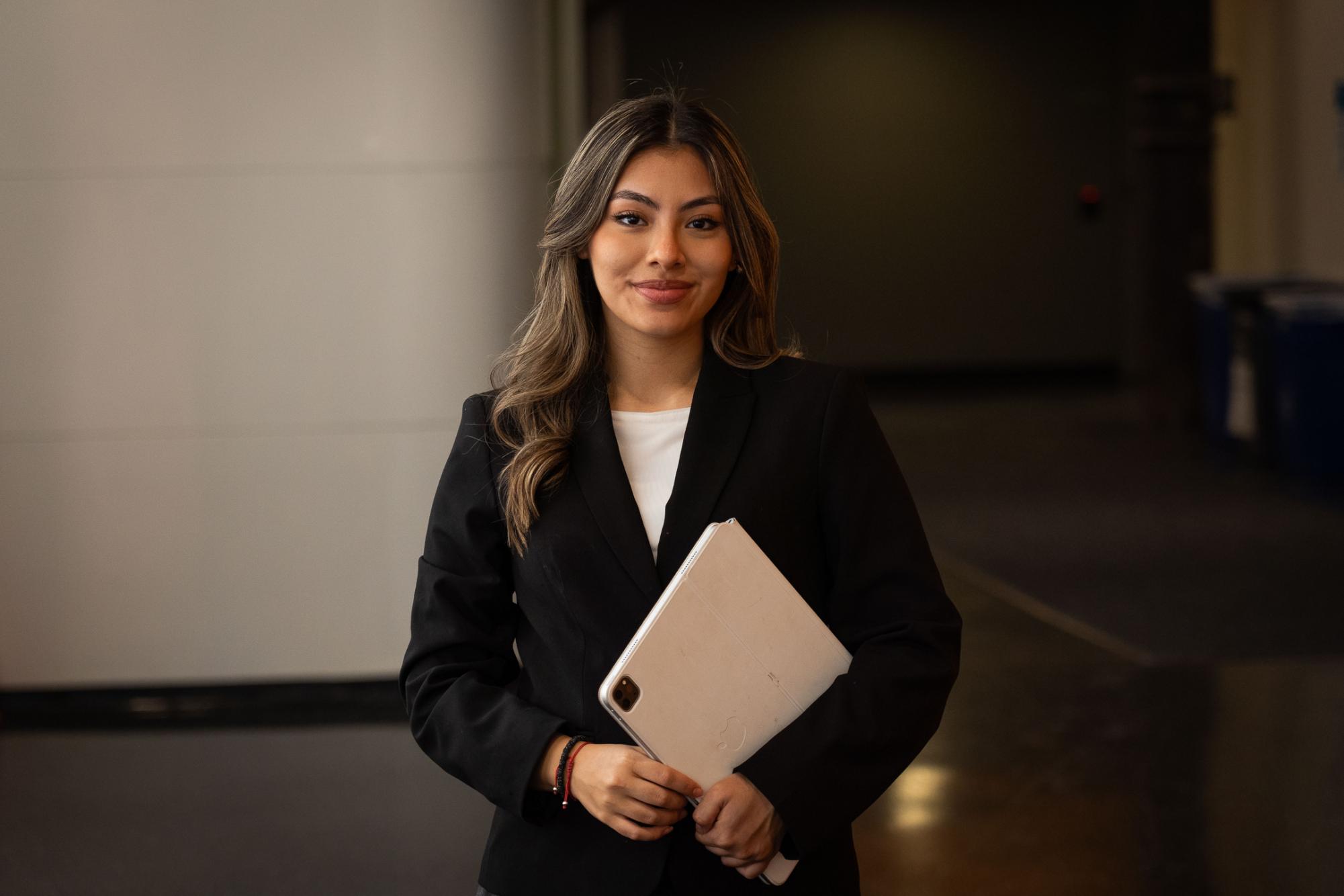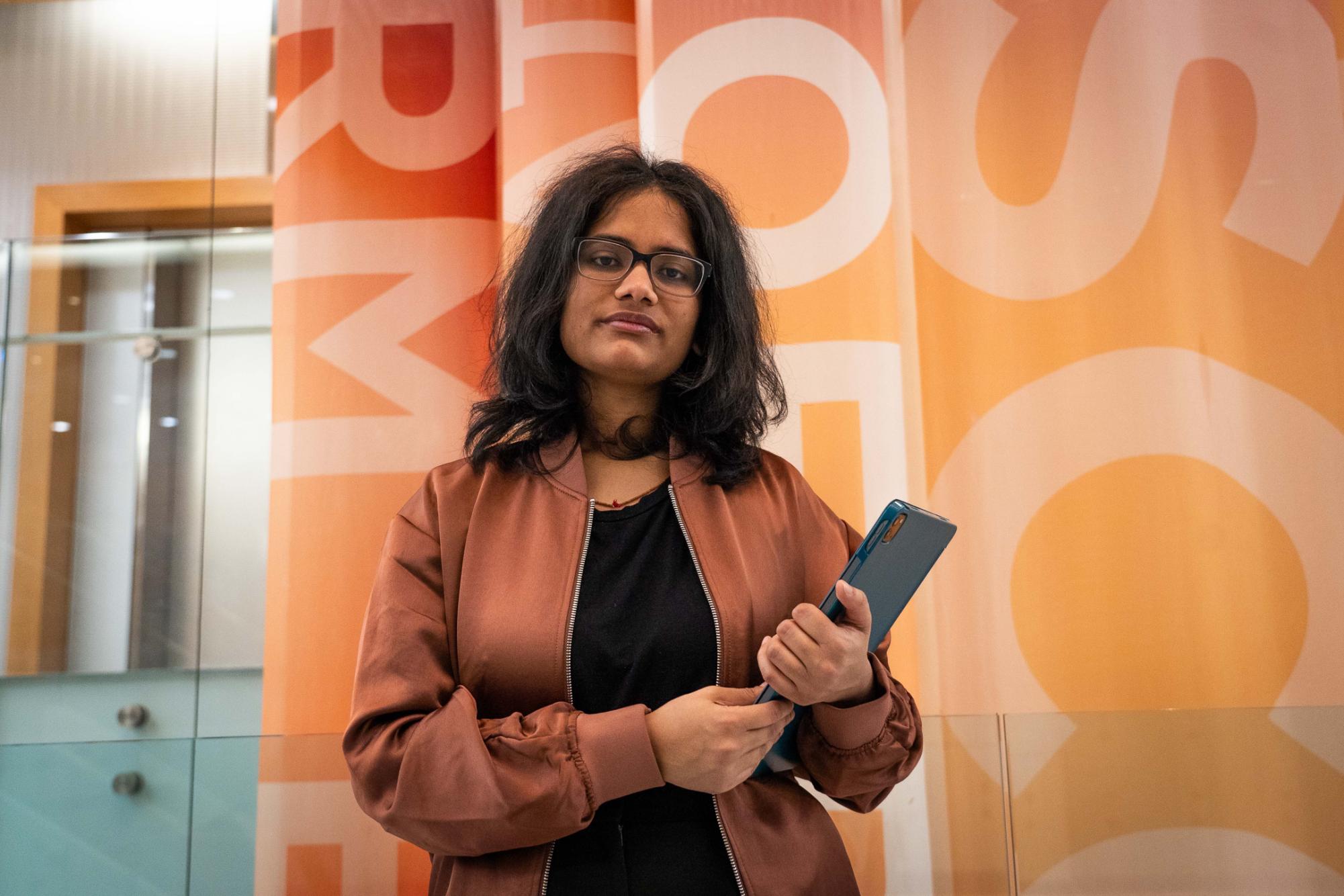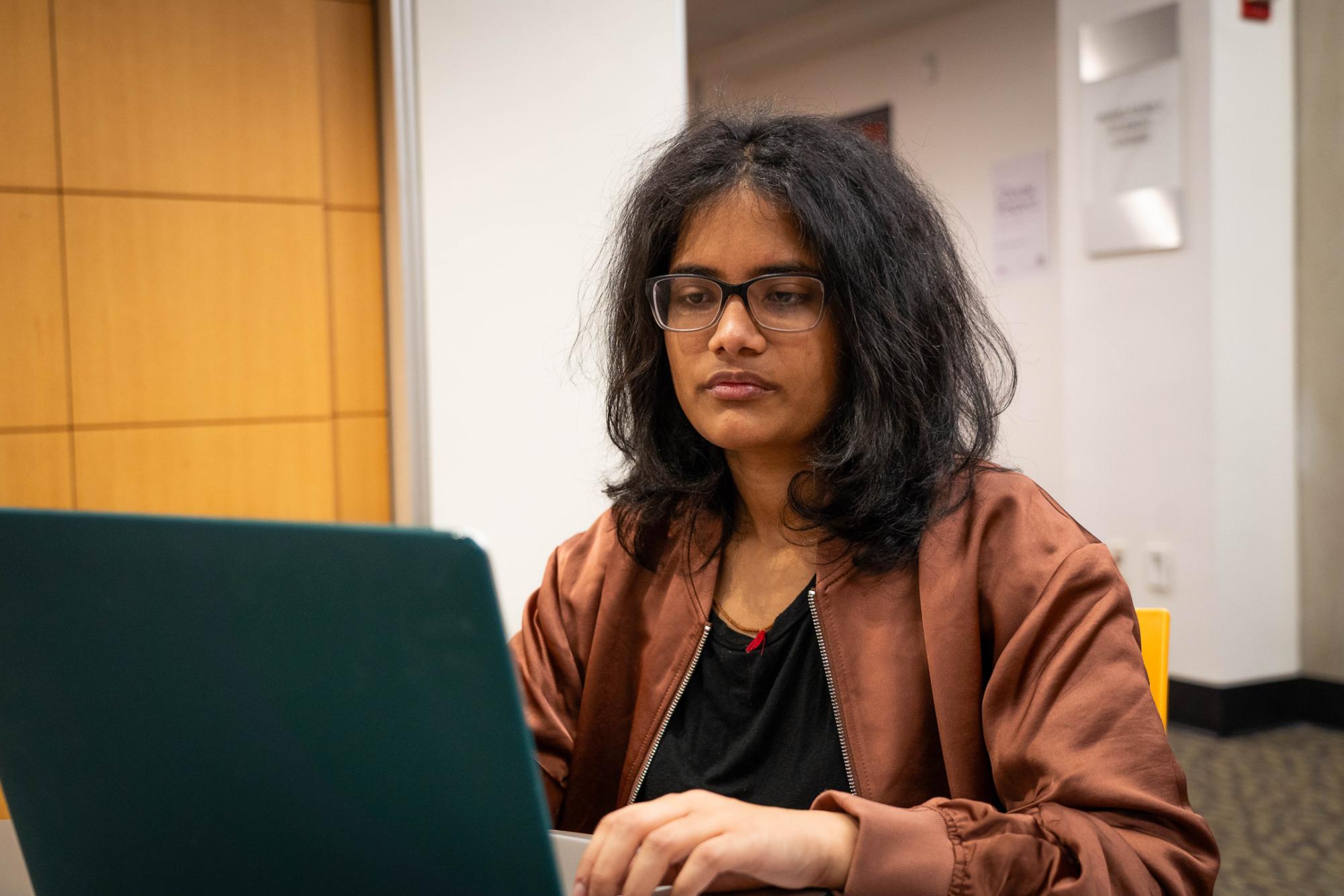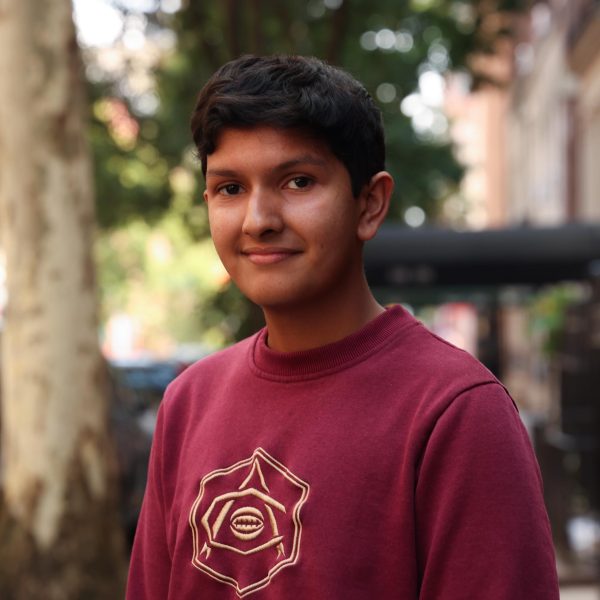In a 2008 draft of NYU Framework 2031 — a quarter-century “long-term strategy for growth” created under former university president John Sexton anticipating NYU’s 200th anniversary — the university stated that it is, at its core, “a great research university.” Sixteen years later, with hundreds of millions of dollars invested and some of the world’s most cited faculty for research under its belt, the university has clearly demonstrated its commitment to fostering an academic space dedicated to groundbreaking research, which extends to its tens of thousands of undergraduate students.
One of the many student researchers at NYU is senior Sophia Jordan, whose work primarily focuses on the influence of law practitioner and law professor campaign contributions on state Supreme Court elections. Jordan became interested in her research topic after reading a paper that highlighted the ideological differences between law practitioners and law professors, despite the shared legal nature of their work.

























































































































































